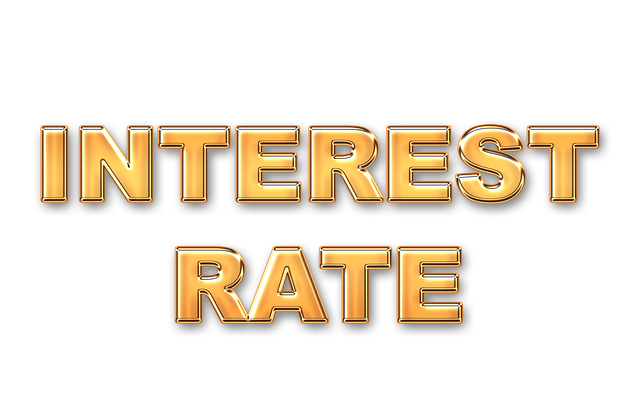The Fed’s news, however, came with a caveat: a hint of another rate hike likely before the end of the year—a move that real estate economists are already warning against.

Many real estate economists welcomed the Federal Reserve’s decision on Wednesday to hold its target federal funds rate steady, but they also warned it’s not enough to lower the many borrowing costs, including for mortgages, that are hurting consumers’ pocketbooks.
While the Fed’s rate is not directly tied to mortgage rates, it does often influence them. Since last year, the Fed has been pursuing an aggressive rate hike agenda—the fastest pace of tightening since the early 1980s—and mortgage rates have surged in tandem. The 30-year fixed-rate mortgage has averaged above 7% for the last five consecutive weeks and remains considerably higher than the 2% to 3% averages they were over a year earlier.
With the Fed’s vote Wednesday, the funds rate will remain in a targeted range between 5.25% to 5.5%, still the highest in more than two decades. The Fed said there likely will be another rate hike by the end of the year—a move the real estate industry is urging them to reconsider.
“With fewer job openings, slowing job gains and softening core consumer price inflation, the Fed must consider the potential economic damage arising from any future rate hikes,” says Lawrence Yun, chief economist for the National Association of REALTORS®. “Moreover, commercial real estate has come under stress from higher interest rates, which will further negatively impact community banks due to their large exposure to the sector.”
Instead, Yun says, “possible interest rate cuts need to be considered once inflation is fully under control.”
The Spillover Impact
The Fed’s rates are what banks charge one another for lending. It has a spillover effect on a variety of consumer debt. As such, consumers are facing higher borrowing costs on everything from credit card rates to car loans. Many Americans report they’re struggling financially: Nearly half of Americans are saving less for emergencies due to rising interest rates, and 68% are saving less due to inflation, according to recent consumer surveys from Bankrate.
Kate Wood, a home expert at NerdWallet, welcomed the latest pause in rate hikes from the Fed on Wednesday due to the impact it’s been having on mortgage rates. “Mortgage rates are already at high levels thanks to previous Fed hikes,” Wood says. “While this particular meeting wasn’t especially eventful for mortgage interest rates, the Federal Reserve’s next moves could be more consequential. If more hikes are on the horizon, or if the prospect of a 2024 rate cut dims, that could push mortgage rates higher. More stability in mortgage rates … could provide a bit of relief for prospective home buyers.”
The Fed has been raising rates to fight what earlier this year was 40-year high inflation. Inflation has come down considerably since then but remains elevated. The Fed has maintained it will continue to raise rates until it comes down more. “We want to see convincing evidence that we have reached the appropriate level, and we’re seeing progress and we welcome that,” Fed Chair Jerome Powell said at a news conference Wednesday. “But we need to see more progress before we’ll be willing to reach that conclusion.”
Benefit to Savers?
As the Fed’s rate remains high, some consumers may be able to take advantage of potential higher savings yields. But borrowers need to be strategic, says Greg McBride, chief financial analyst at Bankrate.
“Borrowers should be aggressively paying down high-cost credit card debt and variable rate home equity lines of credit,” McBride suggests under the higher rate environment. “Boosting emergency savings is rewarded with returns exceeding 5% if you’re putting the money in the right place. Money in a savings account is no longer a drag on your portfolio, with the top online savings accounts currently beating inflation and delivering the best returns in more than 15 years.”
information provided by: National Association of Realtors






